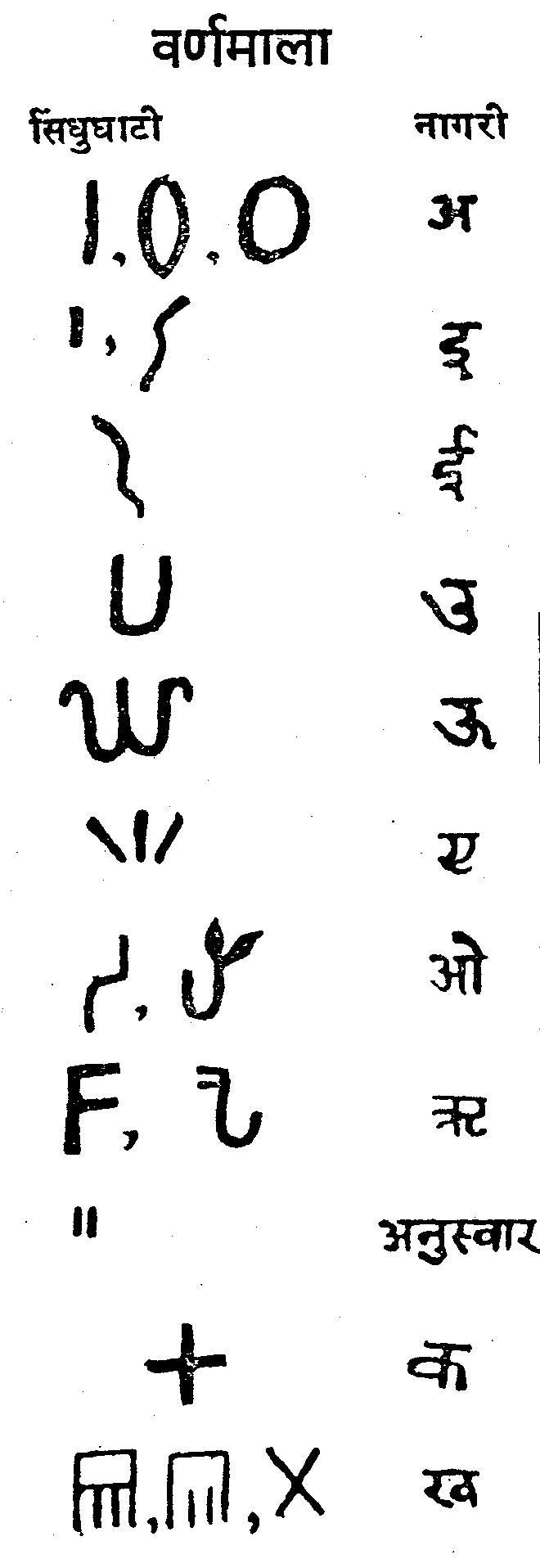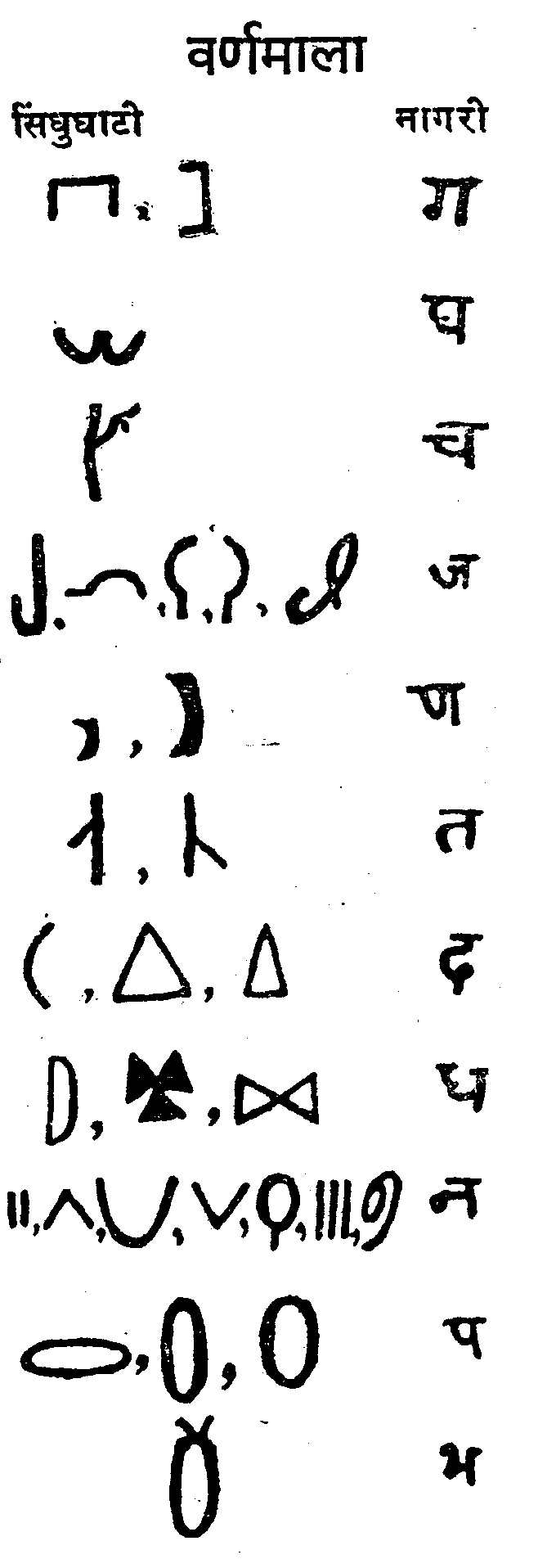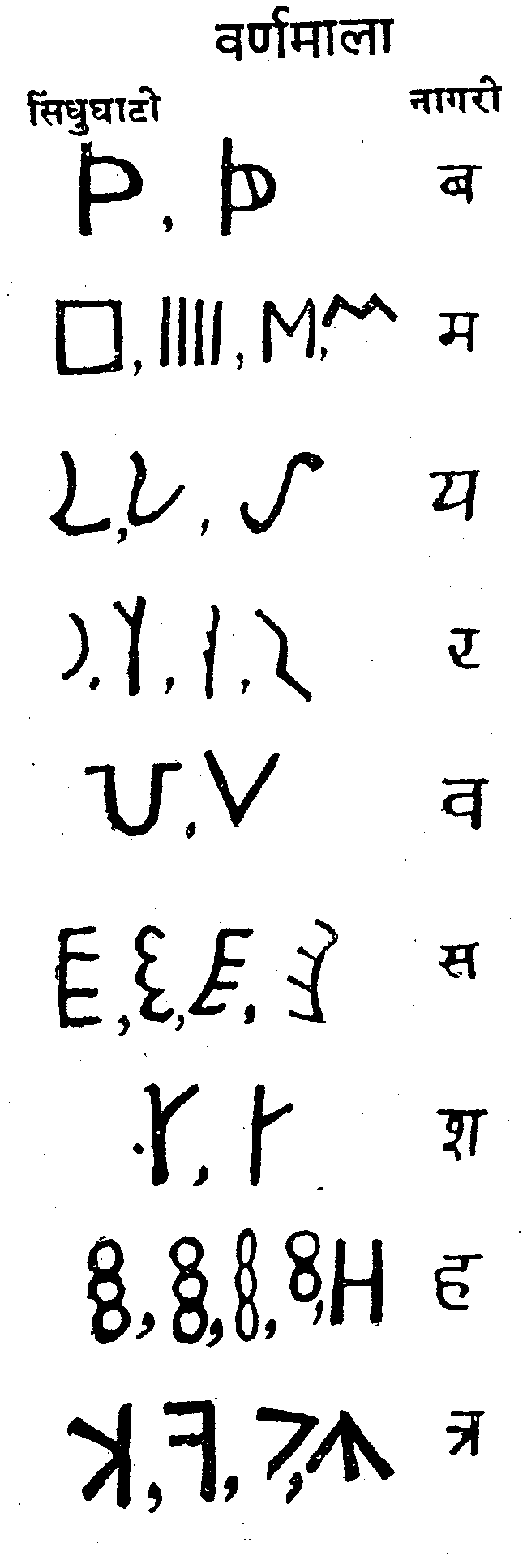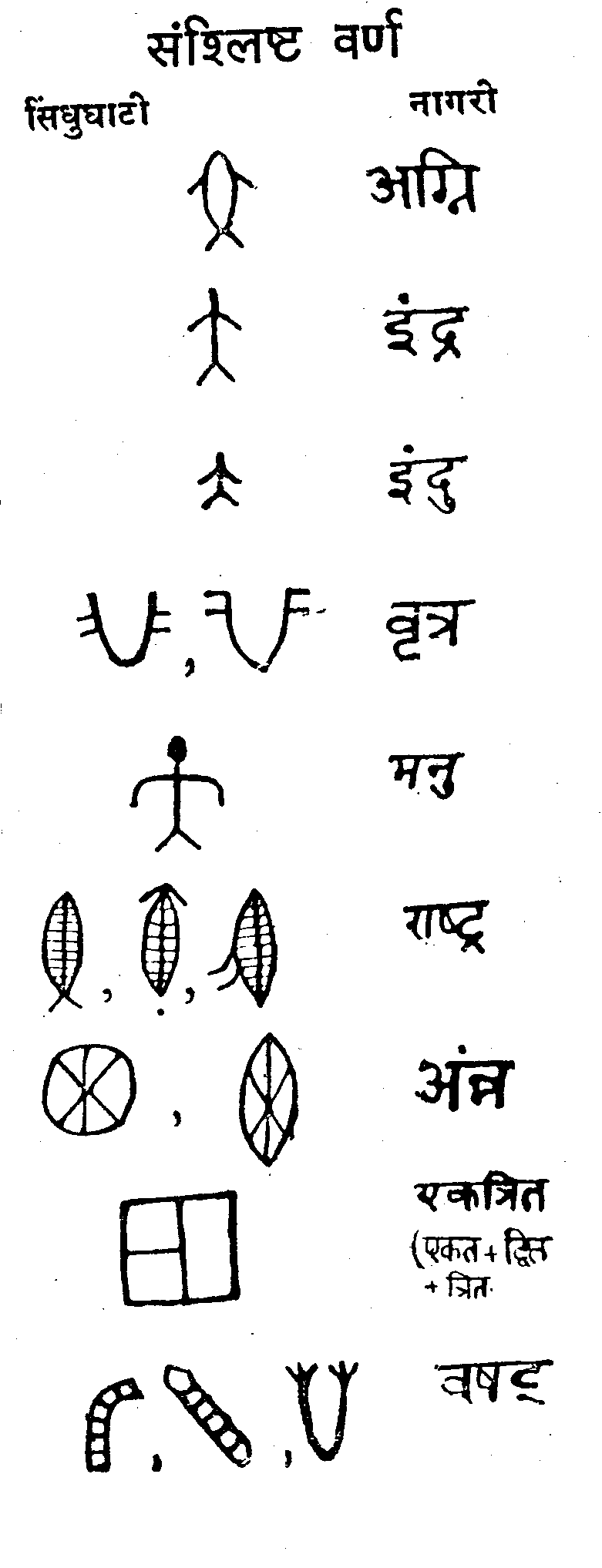Page1
Page2
Page3
Page4
Page5
Page6
Page7
General Editor:
Dr. Narayan Singh Bhati
Director
Historical Lecture Series -2
INDUS
CIVILISATION IN RAJASTHAN
by
Dr. Fatah Singh
Published
by
Rajasthani
Shodh Sansthan
Chaupasani
Jodhpur
We
are glad to put before our readers the present publication regarding the
Indus
Civilization in Rajasthan, arranged
under the “Historical Lectures Series” of this Institute. These lectures
were delivered by Dr. Fatah Singh, Director, Rajasthan Oriental Research
Institute,
Jodhpur
on the 15th and 16th of March 1969.
Dr.
Singh is Vedic Scholar of great repute. His approach towards the decipherment of
the
Indus
script has already gained a place in the world of scholarship. He has taken
infinite pains in collecting his material and has presented it with considerable
skill and balance. His views are clear and evaluation quite dispassionate. The
reader is invited to go through these lectures with profit. These lectures were
delivered with several illustrations, most of which were published in the
December, 68 issue of the ‘Swaha’, a research quarterly of the Rajasthan
Oriental Research Institute, Jodhpur. My thanks are due to the authorities of
the Institute for permitting me the use of two blocks.
I
am extremely grateful to Prof. Dashratha Sharma, Head of the Department of
History, and
University
of
Jodhpur
for presiding over these lectures. His presence was a source of great
inspiration for all of us.
I
conclude, with my sincere thanks both to Dr. Singh and Prof. Sharma for sparing
their valuable time for a topic, which has, of late, assumed national
importance.
Narayan
Singh Bhati
Director
Presidential Address
It
has been a pleasure listening to Dr. Fatah Singh’s learned talk on the script
of Mohenjodaro. So far many attempts have been made to tackle the issue, both by
Indians and foreigners; but none has been successful because the very first
premises with which they start is faulty. They look out for Dravidian,
pre-Dravidian, Sumerian, or even Egyptian influences, forgetting that it is an
Arya area, the banks of the Sindhu, Vitasta and the Sarasvati where the Script
has been discovered. We welcome Dr. Fatah Singh’s attempt to solve the riddle
because he is an accomplished Vedic Scholar, not only with the necessary
learning but also the necessary patience to interpret the numerous inscriptions
that have come to light so far. Some links of the chain of his arguments, no
doubt, require strengthening. But the same will have to be said about every
attempt to read this script, because, so far we suffer from the double
difficulty of our ignorance not only of the script but also the language in
which the inscriptions have been written. But some day there is bound to be a
break through. May be it is provided by Dr. Fatah Singh’s ‘Brahmana and
Upanishad symbolism in the
Indus
Valley
Script’. We wish his views the widest publicity and the fullest consideration
on the basis not of any predilections but their own merit.
–Dasharatha Sharma.
`ERRATA
Page
Line
6
fn 1
Read Eugenics for Evgenies
8
22
Read Proto-Elamitic for Proto-Elite
10
Last Line
Read progenitorship for procreation
10
fn 2
Read No. 2 p 19 for No. 1, pp 8-13
11
8
Read tables for tables
11
28
Read tacitly for tactly
INDUS
CIVILIZATION IN RAJASTHAN
Mr. President, ladies and gentlemen,
I
am highly thankful to Dr. Narain Singh Bhati, the Director of Rajasthani Shodh
Sansthan for his kind invitation to deliver these lectures of
Indus
Culture in Rajasthan. Indus Culture may be said to have become a burning topic
of the day in as much as Newspapers have, during this month, reported two
attempts at the decipherment of Indus Script–one by Parpola brothers of
Finland declaring Indus Culture to be Dravidian Culture, and the other by Mr. M.
V.N. Krishna Rao of the Archaeological Survey of India, calling it any Aryan
Culture. Earlier the Newspapers, particularly Hindi dailies had published the
reports of my humble contribution to the decipherment of this ancient script and
of an endeavour to unravel the mystery of this great Culture is the work of the
one and indivisible Indian nation and should not be studied in terms of racial
prejudices which modern scholars have introduced in Ideological writings. While
the 2000 inscriptions which I have so far deciphered have convinced me that the
language of Indus people was Vedic
Sanskrit, I would not call it Aryan or Dravidian for the simple reason that
language has no race, and that there is nothing like Aryan or Dravidian race on
the earth.
For
the first time, the excavation of Harappa and Mohenjodaro situated in the
Indus
Valley
revealed the relics of this ancient culture of
India
. Although the post-independence period had brought to light several new sites
of this culture extending as far as Alamgirpur in Ganga-Jamuna Valley in the
East, this culture continues to bear the old name of the 'Indus' or harappan
Culture after the name of the place where it was first noticed. Dr. H. D.
Sankalia
thinks that several sites of Baluchistan explored by Fairservis and Beatrice de
Vardi belonging to 2500 or 3500 B.C. are also Harappan and that in the south,
"The Indus civilization has come to the frontiers of Bombay and it is quite
possible that, with further explorations we may be able to go along the coast
still further southwards."
Even if this prophecy does not come to be true, the area of this prehistoric
culture can definitely be stated to extend from Punjab to Saurastra, and from
Baluchistan to
Ganga-Jamuna
Valley
. The central place in this area of Indus Culture may now be given to Rajasthan
where a number of Harappan sites have been located along the valley of river
Ghaggar (now extinct) which the scholars identify as the rivers Saraswati of
Ŗgveda. The importance of Rajasthan in regard to Indus Culture has been
emphasized by the eminent Archaeologist in these words—"Thus every year,
more and more information is being obtained about the
Indus
Civilization. But the time has not yet come, when we can say something definite
about it, and I am sure that unless
a very well planned attempt is made to get such information, we shall have to
remain content with these tit-bits. What is required is a planned exploration of
Bikaner followed by a large scale excavation, and then alone we shall be able to
solve the problem of the relationship between the Indus Civilization and the
later Chalcolithic cultures of the Gangetic Valley, Rajputana, Saurastra and
Central India."
Happily
Kalibanga, one of the several Harappan sites of the
Ghaggar
Valley
of Rajasthan, has received attention of the Government and the excavation work
has been on, for several seasons. Although the detailed report of these
excavations is yet to come out, I have had an opportunity to visit this site, in
February last when the work of excavation was still gong on. There I saw several
remarkable things which point out to the Vedic origin of this culture, but
before I proceed to discuss Kalibanga in the light of my researches on Indus
script, it will be worth while to know the background in which I laboured and
came to certain conclusions about the Script and Culture.
HISTORY
OF THE QUEST
The
quest into the hoary antiquity of Indus Valley Civilization may be said to have
been started by the modern man in the last part of the 19th Century,
when the mounds at Harappa were visited by Masson in 1826, by Burnes five yeas
later and by Cunningham in 1853 and 1856. Although the circuit of these ruins
said to be about 12,500 feet could not receive the attention of the excavator
till 1920-21, Sir Alexander Cunningham had, in his annual report for 1875,
published an account of the site, some specimen seals and other antiquities
which he found on his visit to
Harappa
. The period of early twenties was indeed the most important for the quest into
the
Indus
Valley
; for it was in this period that Dr. R. D. Banerjee discovered the mounds of
Mohenjodaro where the first excavation was carried out from 1922 to 1927




Page1
Page2
Page3
Page4
Page5
Page6
Page7